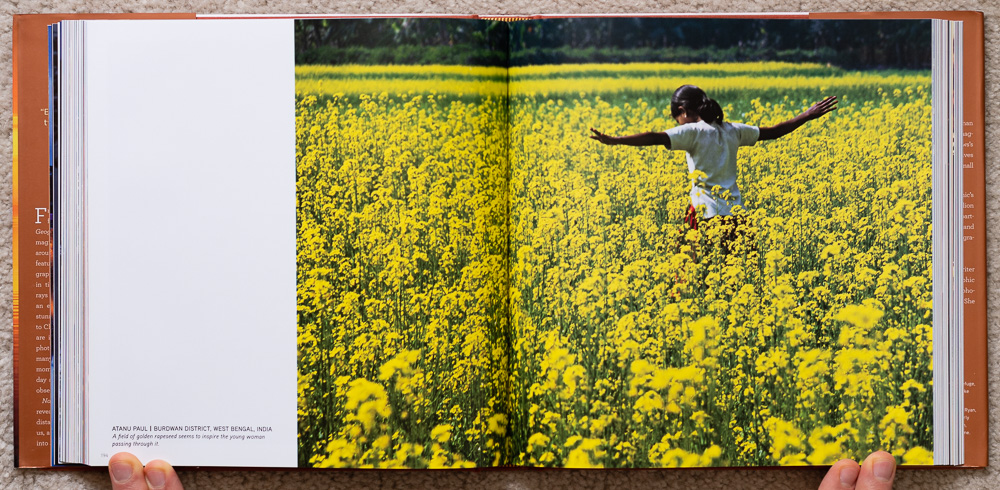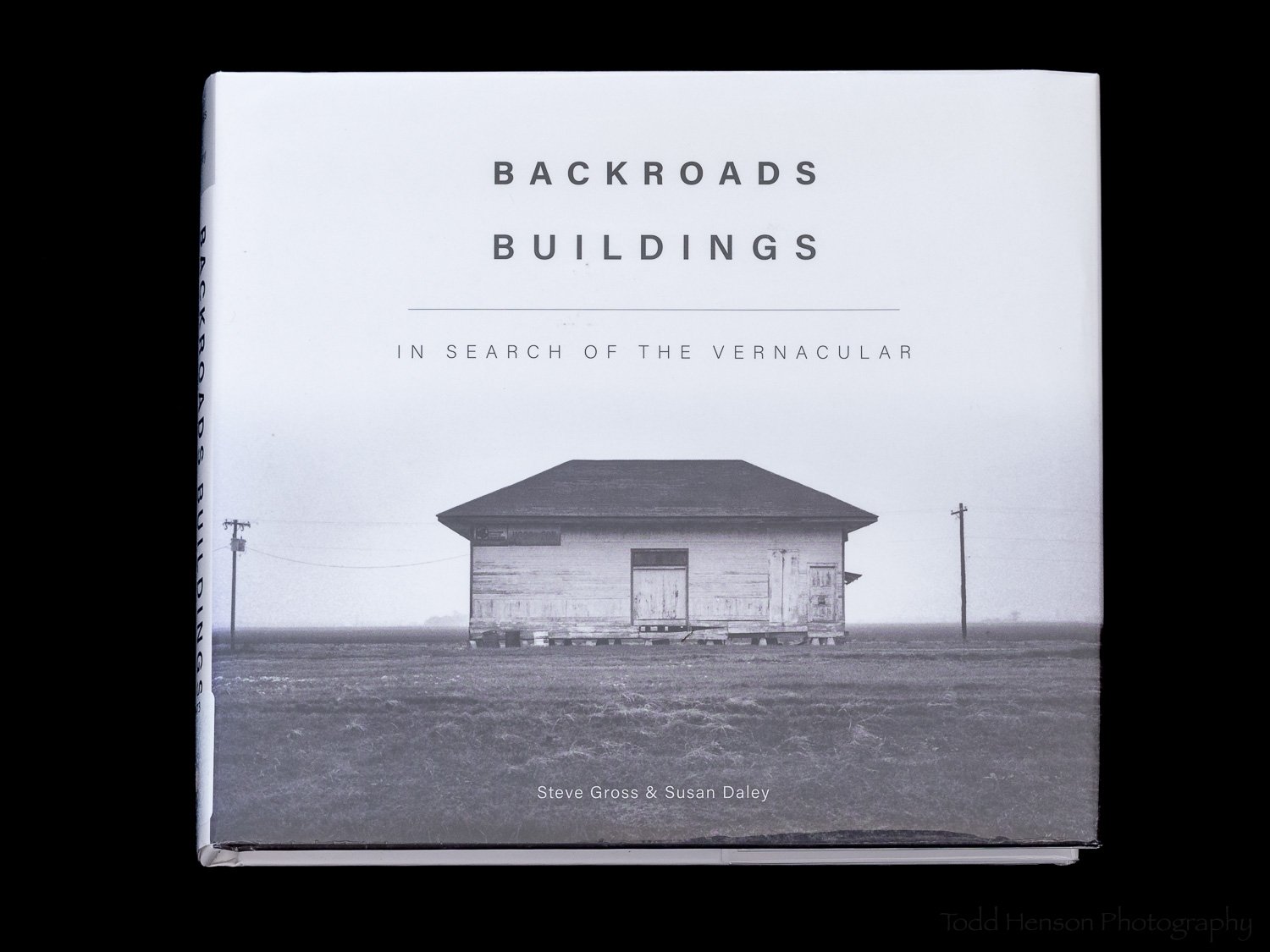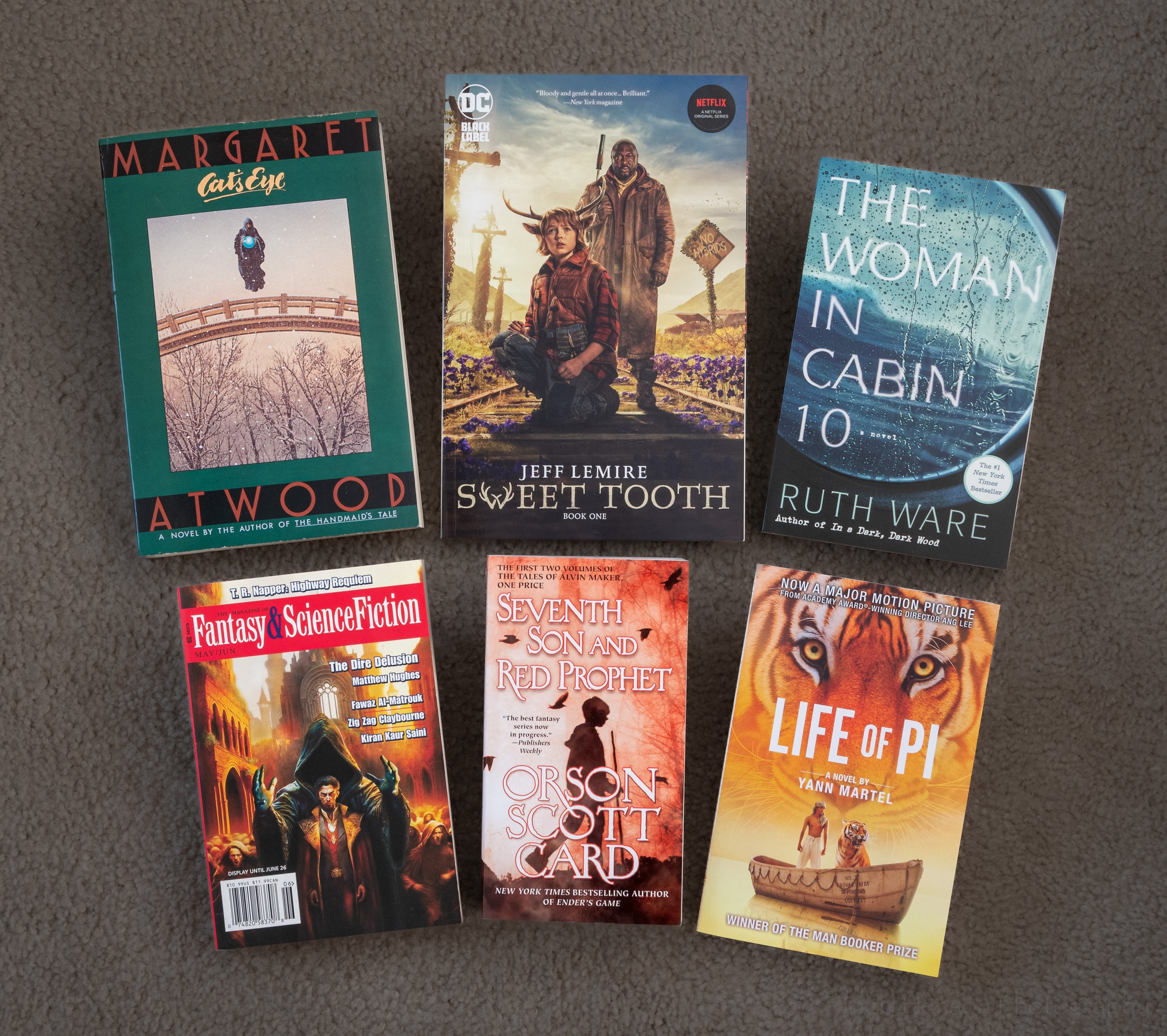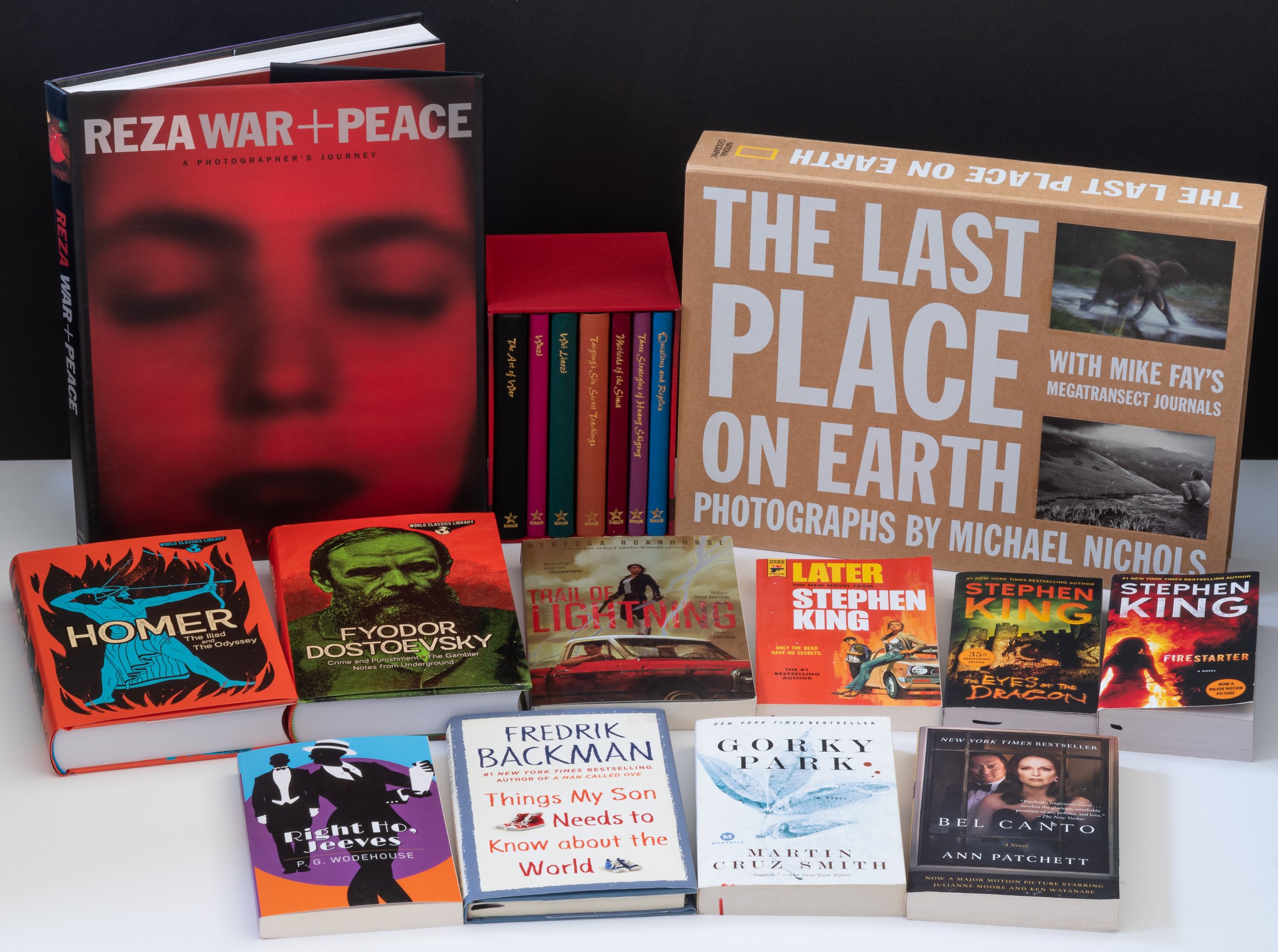This post contains affiliate links and I will be compensated if you make a purchase after clicking on my links. This is at no extra cost to you.
I own a number of these hardcover National Geographic books, and I love them all for the inspiring photography within their pages. They say photography is all about the light, and there is no better demonstration of that than National Geographic’s Dawn to Dark Photographs: The Magic of Light. It is organized by time of day, with each section showcasing photographs taking advantage of the unique light available in those hours.
National Geographic Dawn to Dark. Jason Teale. Gyeongju National Park, South Korea. Pages 10-11
“Light makes photography. Embrace light. Admire it. Love it. But above all, know light. Know it for all you are worth, and you will know the key to photography.”
Dawn
National Geographic Dawn to Dark. Robbie George. Mattamuskeet National Wildlife Refuge, North Carolina. Pages 20-21
“Dawn’s soft touch is sweet and benign: beauty, harmony, anticipation.”
Rise early to create photographs at dawn. It’s a time when the world is often still, when the light is soft and full of mystery.
Sunrise
National Geographic Dawn to Dark. Michael Melford. Lake Placid, New York. Pages 96-97
“First a gleam, then a burst, then a bundle of flame so bright we must look away: Sunrise establishes the dominance of day.”
At sunrise we begin to see the texture around us, illuminated by the low angle of the sun. Landscapes take on a warm glow as the sunlight travels through the layers of the atmosphere. People begin to stir and prepare for the day ahead.
Morning
National Geographic Dawn to Dark. Melissa Farlow. Chicago, Illinois. Pages 134-135
“Morning is the springtime of the day, and morning light washes the world in living colors.”
Morning is when the colors around us begin coming to life, when long shadows begin moving across the landscape, when we can see the details of the world.
Midday
National Geographic Dawn to Dark. Atanu Paul. Burdwan District, West Bengal, India. Pages 194-195
“Brilliant, hot, brash, blinding: Midday exposes all blemishes.”
Midday is when many photographers stop shooting, when they feel the light is too harsh, the scenery full of too many contrasts. But no light is bad light, and midday still has the potential of great photography.
Afternoon
National Geographic Dawn to Dark. Reza. Jerusalem. Pages 246-247
“Light is ample, revealing, and generous, and yet now we find ourselves closer to night than to morning, closer to an end than to a beginning.”
Once again shadows lengthen, the light begins to take on a warmer glow. There is still plenty of light to show beautiful colors, but also enough angle to the light to create silhouettes.
Sunset
National Geographic Dawn to Dark. Marc Adamus. Kofa Mountains, Arizona. Pages 298-299
“It is the time when light meets land, when fire touches earth and sets off an exquisite explosion, a divine display.”
Sunset is the last light of the day. We often watch as it sets, sometimes setting off amazing displays of color. It’s a time for quiet reflection of the day we’ve just lived and the one yet to come.
Twilight
National Geographic Dawn to Dark. Michael Melford. Thira, Greece. Pages 312-313
“Look well, act fast, seize this last lingering light, for soon the dark will be upon you.”
The sun has set but there is still a glow on the horizon, a small bit of light left to photograph with. There may be a warm glow, or a cooler shade of blue. Don’t put away your camera yet.
Night
National Geographic Dawn to Dark. Paul Nicklen. Svalbard, Norway. Pages 388-389
“Night’s a time of wonder, of dreams and fantasies, fears and fulfillment, magic, romance.”
When the sun sets you need other forms of light to create photographs. These may be natural, such as flashes of lightning or the glow of the moon. Or these may be artificial, such as camera strobes or the lights of a city.
As with the other books in this series, Dawn to Dark Photographs is just over 10 inches square and over 1 inch thick. It is just under 400 pages long and full of photography. Some images span 2 pages, some a single page, and some a page and a half. The photographer, location, and a brief description accompany each photograph. Each section is preceded by a short introduction.
If you are ever in need of inspiration, or just wish to lose yourself in beautiful photography, you may find what you’re looking for in the pages of National Geographic Dawn to Dark Photographs.




































